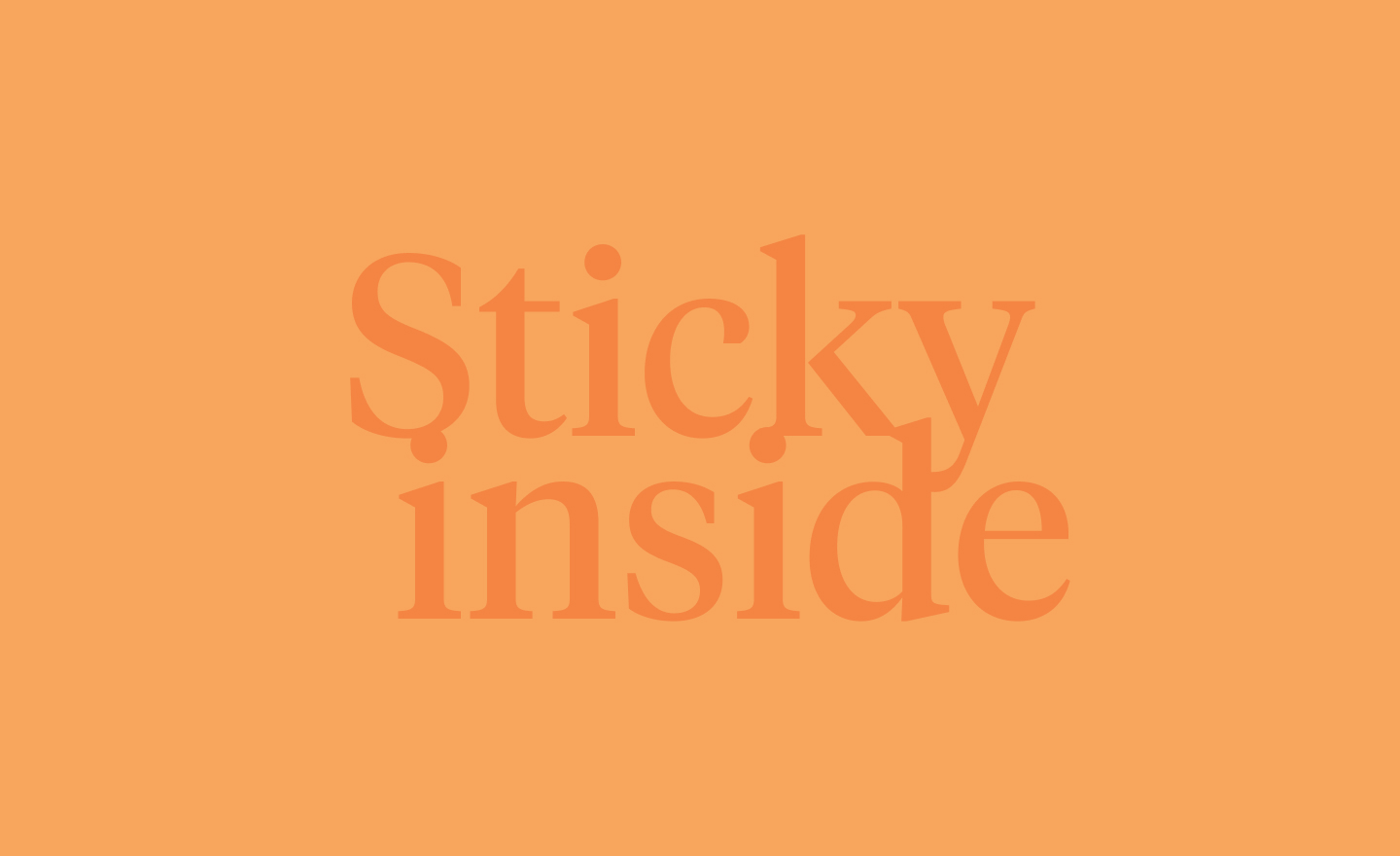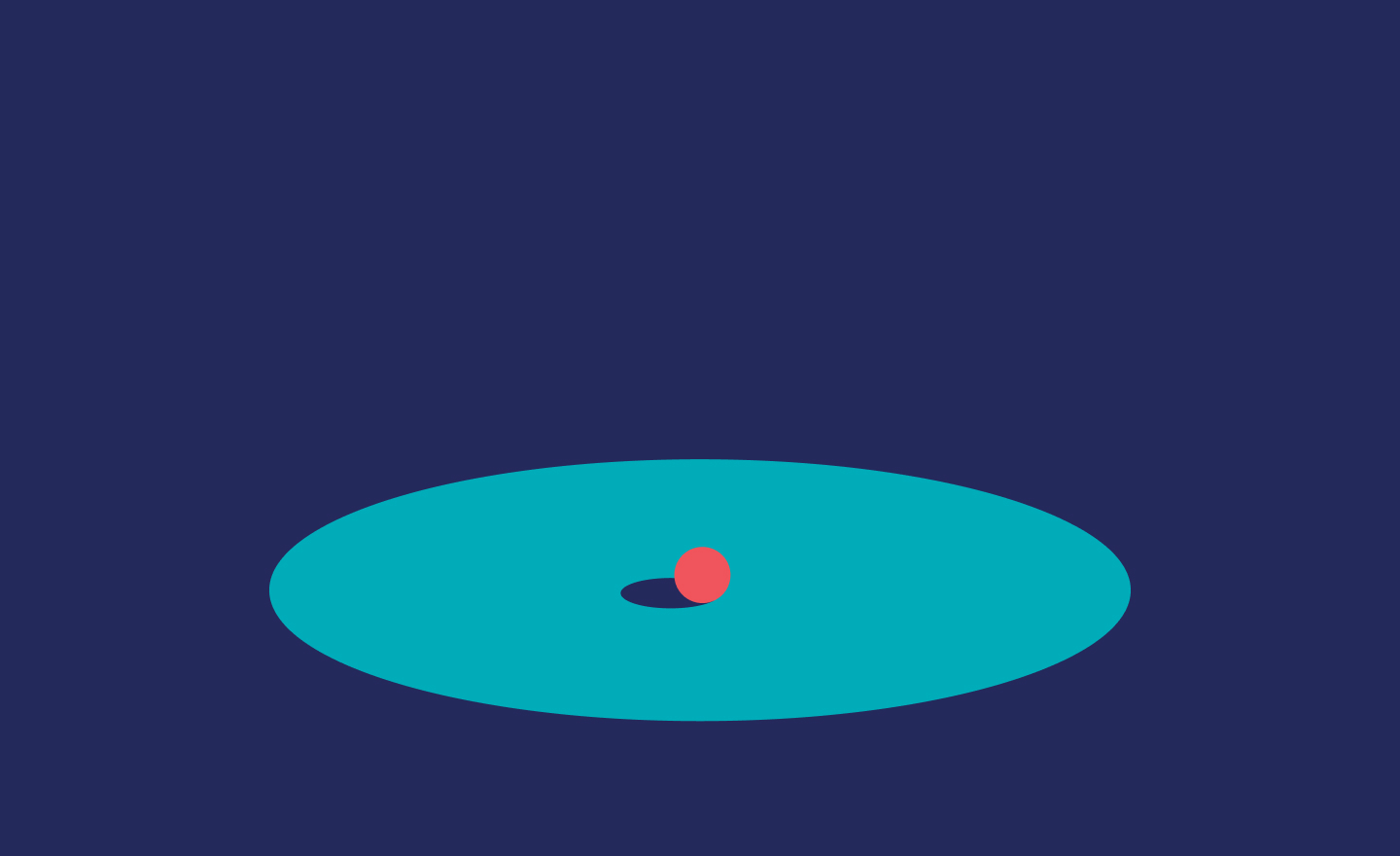Do you allow your big thinkers to take naps? Maybe you should.
It comes down to this: If you want to innovate, you need to learn how to sleep. Seriously. Ask anybody who names companies and products for a living. Our work is basically a matter of serial mini-innovation. And sometimes involves creative dreaming. So we have knowledge to share with the rest of you.
More and more experts and business leaders are espousing the line that getting a proper night’s sleep is not only good for health but also good for business. They’re calling for those who champion hard-charging, overtime-powered cultures to ease up a bit. All well and good: For most types of work and most types of worker, the case is compelling.
Productivity versus creativity. The reigning conversation is mostly about productivity. When it comes to creativity, however, the call for a better work/sleep balance needs to be a little more nuanced. The thing that non-creatives often simply fail to grasp is that time—and the mind—work a bit differently in creative mode. Regardless of how light or heavy the work load, virtually every front-line cultural producer I know, myself included, has a penchant for working during the wee hours. Most creative shops, and many software development firms, understand this.
Letting the barriers fall. Yes, it’s quieter at that time of day and easier to focus when distractions are fewer. But I doubt that’s the only reason why we choose to work late at night, or even the main one. It’s precisely because the mind isn’t at its sharpest that these hours tend to be the most productive for certain kinds of work. When our circadian rhythms are at an ebb, our minds as well as our bodies are at their most impressionable—hence, paradoxically, their most productive. If we are going to foster innovation, we need to factor this counterintuitive way of working into business culture more generally—at least for the people we’re tasking with coming up with the next breakthrough ideas.
For naming, the situation is even more extreme: Naming is something I literally do in my sleep. (Cultivating this understanding, I keep pencil, paper and tape recorder on the nightstand.) I’ve asked other people who name things for a living: I’m by no means alone. As with other forms of creative problem-solving, but to a particular high degree, naming is mentally intrusive: Once you lock onto a naming assignment, associations and ideas begin coming to you all the time and seemingly at random—even when you’re not specifically engaged on the problem: in the shower, on the way to the office, at your desk, at the movies, whenever.
Needed: a new naptime paradigm. Oddly, this process isn’t distracting: It seems to operate on a separate track from the daily “taking care of business” track. Yet while the rational track doesn’t suffer from the non-rational track running in parallel, the non-rational track does seem to benefit when productivity as we normally understand gets set aside for a bit. We can set this productivity aside with games and amusements: The billiard tables and other amenities in so many tech companies’ common areas are more than mere perks. We can do even better by encouraging our would-be innovators to take daily naps. (Ah, the prescient wisdom of kindergarten.) I’ve known creative people of all ages who have incorporated a nap time or two into their work days. I’ve seen film company offices with big leather sofas acquired expressly for this purpose. These people are onto something that the rest of the business world might do well to recognize and adopt.
Dreaming is only part of the process. To make the most of the dream state, consider its role in the larger creative process. To take cues from naming once again, the first step in the process amounts to a kind of immersion: Like dreaming, this isn’t an entirely rational activity, either—but it’s much more conscious and directed than what follows. Basically, this first stage of creativity amounts to exposing oneself to all kinds of ideas, inspirations and influences—creative directions, if you will. This gives the mind lots of raw material with which to work once the eyes close and the mind wanders.
There’s a post-dreaming activity worth factoring into the overall creative process as well: It comes into play when one starts working with, and reworking, whatever the dream state has yielded. It involves associative thinking, too, but it’s much more conscious and directed than either of the two steps preceding it. In the flow of the moment, this step feels like focused, problem-solving gameplay. In practical terms, think of this step as the one that takes over when so many of those great candidates that came to you in the middle of the night turn out to be claimed by others.
Given what naming has to say about creative problem solving, I wonder: Could you build a creativity-boosting workshop around a naming exercise? Something to consider.




